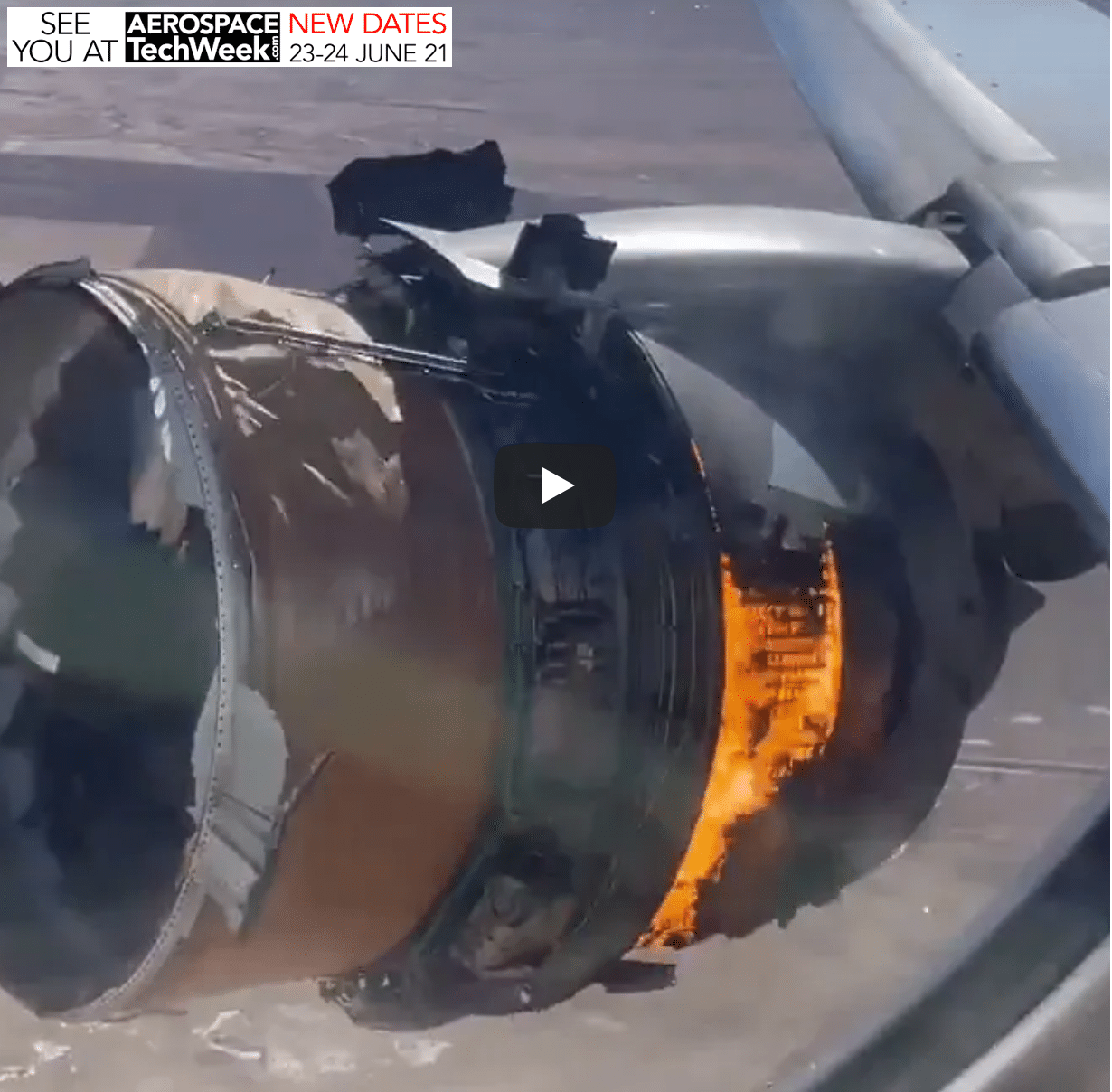United tweeted the following after the engine failure of Flight 328: “United Flight UA328 from Denver to Honolulu experienced an engine failure shortly after departure, returned safely to Denver and was met by emergency crews as a precaution. There are no reported injuries onboard. We are in contact with the FAA, NTSB and local law enforcement.”
The FAA Administrator, Steve Dickson, released a statement that said, “After consulting with my team of safety experts about yesterday’s engine failure aboard a Boeing 777 airplane in Denver, I have directed them to issue an Emergency Airworthiness Directive that would require immediate or stepped-up inspections of Boeing 777 airplanes equipped with certain Pratt & Whitney PW4000 engines. This will likely mean that some aircraft will be removed from service. We reviewed all available safety data following yesterday’s incident. Based on the initial information, we concluded that the inspection interval should be stepped up for the hollow fan blades that are unique to this model of engine, used solely on Boeing 777 airplanes. The FAA is working closely with other civil aviation authorities to make this information available to affected operators in their jurisdictions. The FAA’s aviation safety experts are meeting into the evening with Pratt & Whitney and Boeing to finalize the details of the Airworthiness Directive and any accompanying service bulletins to ensure that the appropriate airplanes are included in the order. Exact details of the inspection will be specified in the emergency order.”
The day after the accident, United tweeted the following: “We are voluntarily & temporarily removing 24 Boeing 777 aircraft powered by Pratt & Whitney 4000 series engines from our schedule. We will continue to work closely with regulators to determine any additional steps and expect only a small number of customers to be inconvenienced.”
The NTSB said their initial investigation shows that two fan blades had fractured. One fractured at the root and the other fractured “midspan.” Damage was noted on tips and leading edges on additional blades.
